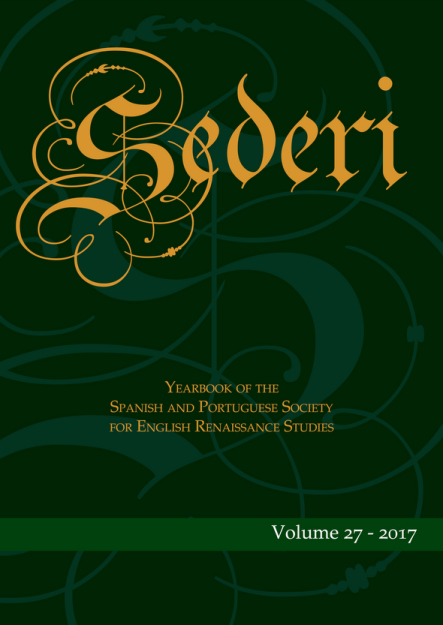"For know, alas, I’m dumb, alas I love”: Rhetoric of disability, female agency and tragedy in “The Dumb Virgin
Abstract
This essay will focus on the two sisters of "The Dumb Virgin; or, The Force of Imagination", addressing the crossover between disability studies, feminism and aesthetic theory. It will examine how art has the capacity to manipulate nature and how nature may be improved by the intervention of human industry. With this aesthetic duality, it will suggest that the writer reframes the concept of the normal body, establishing a rhetoric of deformity and disability through the characters of Belvideera and Maria, both of whom overcome their natural disabilities by means of personal effort. Lastly, it will investigate the misfortunes of several characters, paying particular attention to the educated nature of the two protagonists and how this poses a threat to the established order of society. The conclusion to be drawn from this is that their challenge to the social construct is directly responsible for the tragic climax of the narrative.
Downloads
Downloads
Issue
Section
License
The copyright holder of the published contributions is SEDERI.The hardcopy and an open-access version of the journal will be published simultaneously. The issues will be available online in the SEDERI website (http://www.sederi.org/yearbook/) and other repositories that have signed an agreement with SEDERI.
The authors who publish with this journal agree to the following terms:
a) SEDERI retains copyright of the essay.
b) If the author wishes to republish or rewrite the essay for another journal, or include the essay published in SEDERI in their personal repositories, or in any other way, they should contact the editors to obtain permission to do so. This will entail citing SEDERI as the original source and sending the editors a copy of the new version, or the link to the website, in case of online publishing.
The author(s) hereby warrant(s) that:
a) The essay submitted for publication is an original creation and does not infringe any copyright or property right of another journal, author or publisher.
b) The essay submitted for publication has not been previously published, whole or in part, and is not being considered for publication elsewhere.
c) Written permission has been obtained for any material from other sources included in the essay submitted for publication.




